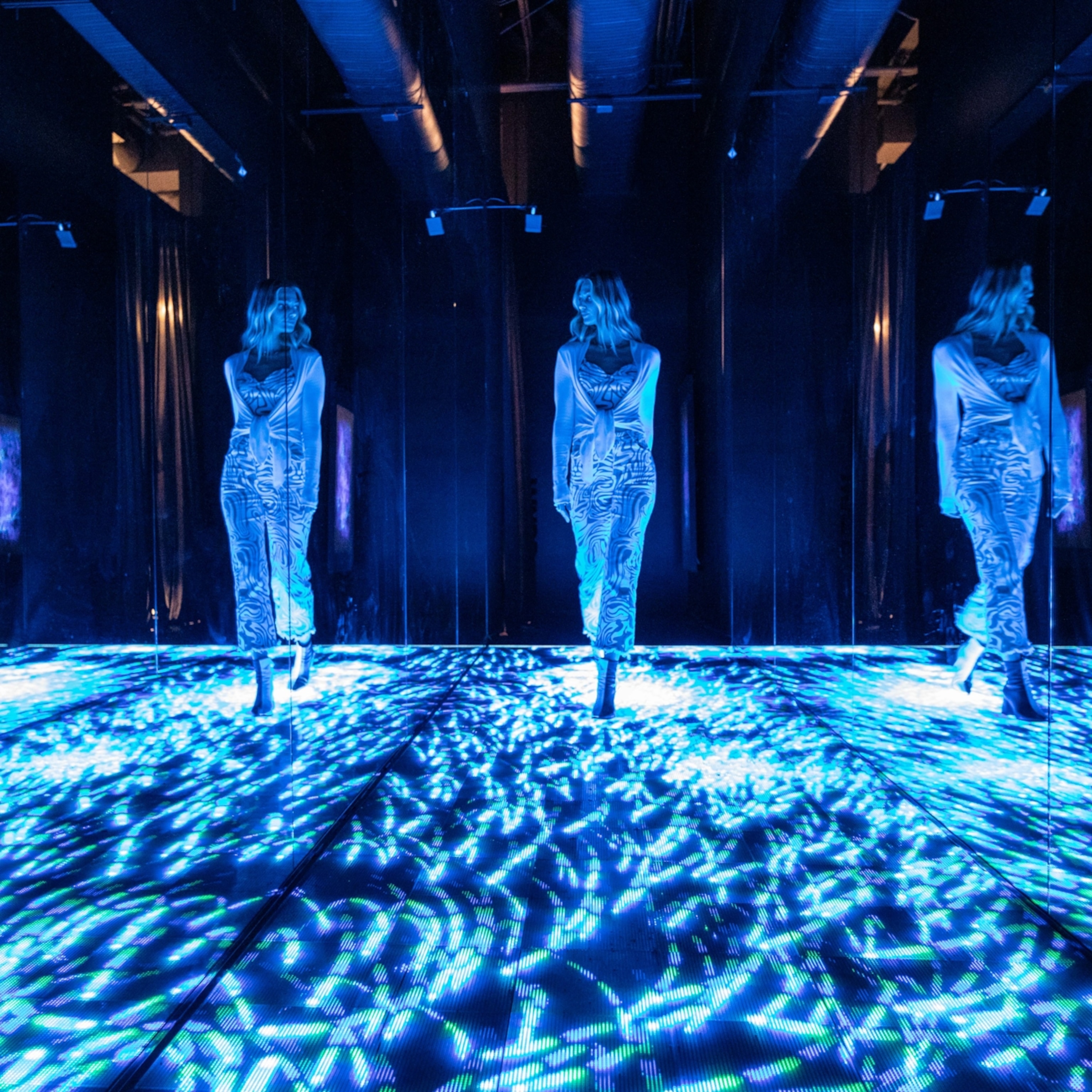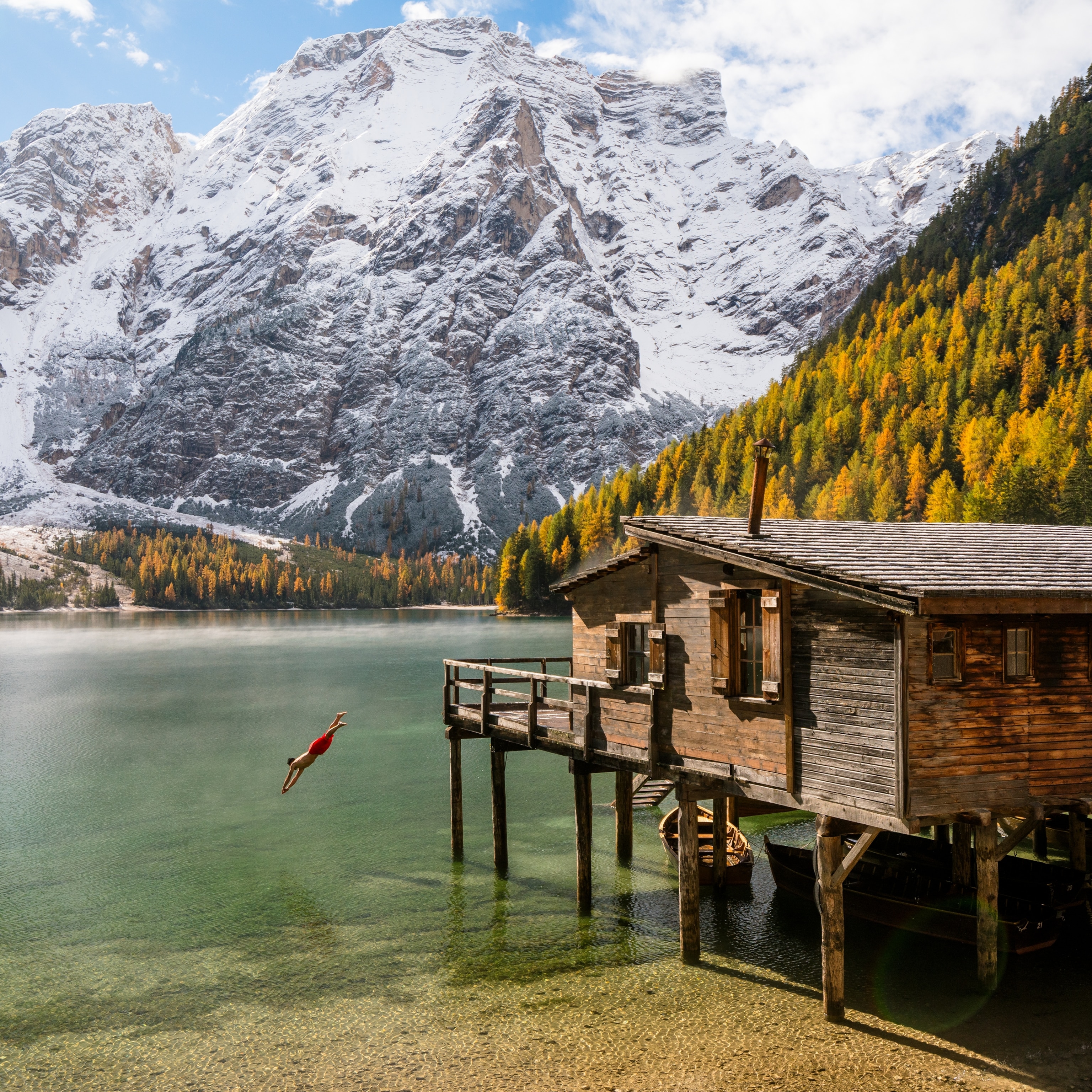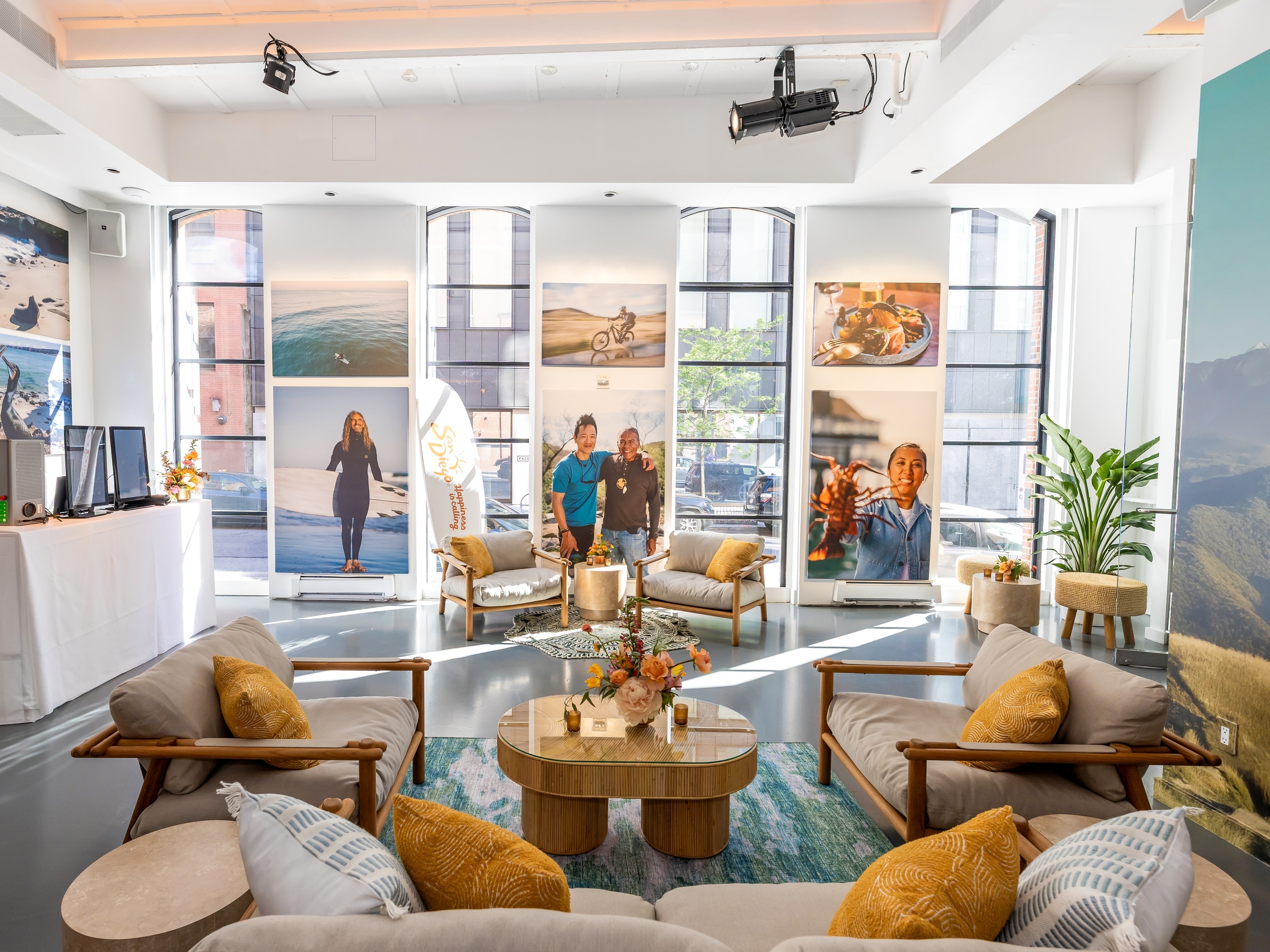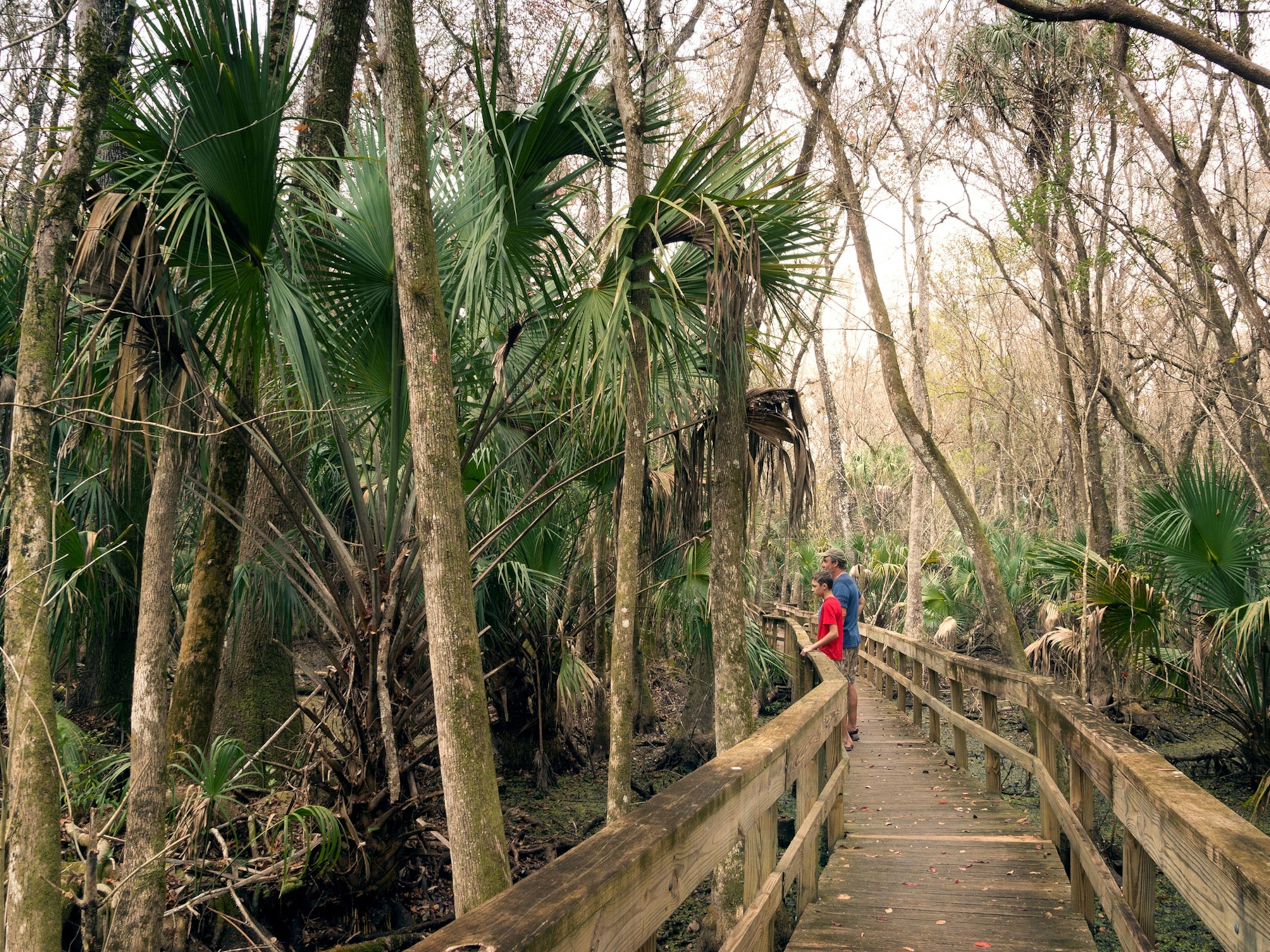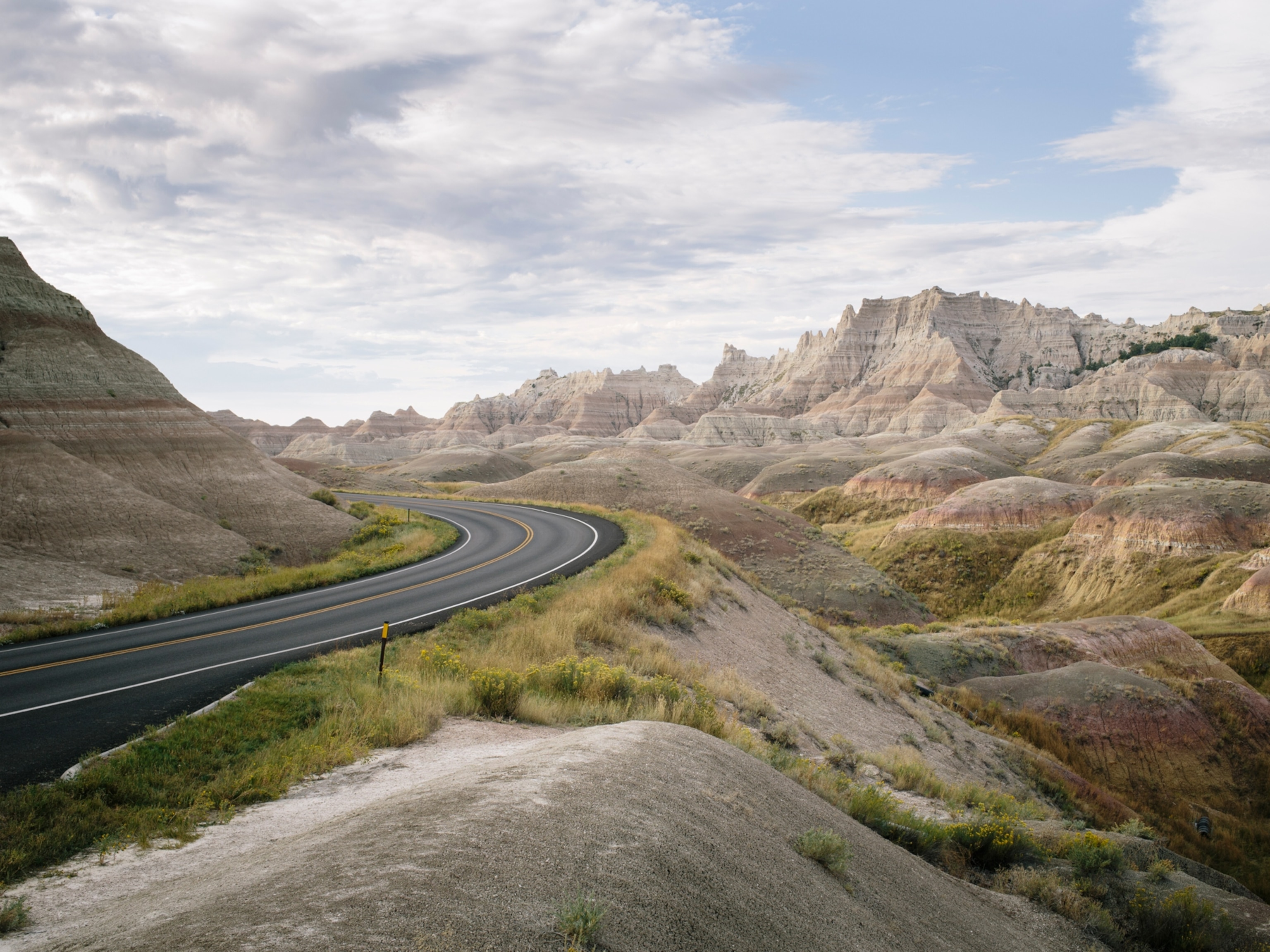
Explore the cultural heart of San Diego
Grand and glorious, Balboa Park is San Diego's urban gem. Meet the locals, see the gardens, and explore the museums.
I don’t know how many cities employ their own pipe organist, but I know the new organist in San Diego has flair. Raúl Prieto Ramírez is wearing bright red pants, a magenta shirt, and high-heeled white shoes. In other words, you can’t miss him.
A 40-year-old Spaniard, Ramírez gets to play the world’s largest outdoor pipe organ (the shoes are for its many pedals), which is ensconced in the century-old Spreckels Organ Pavilion, one of various architectural wonders that dot Balboa Park.
At this moment, he’s considering what special effects to use at his upcoming free concerts. “I will cover the whole thing in fog,” he says, smiling.
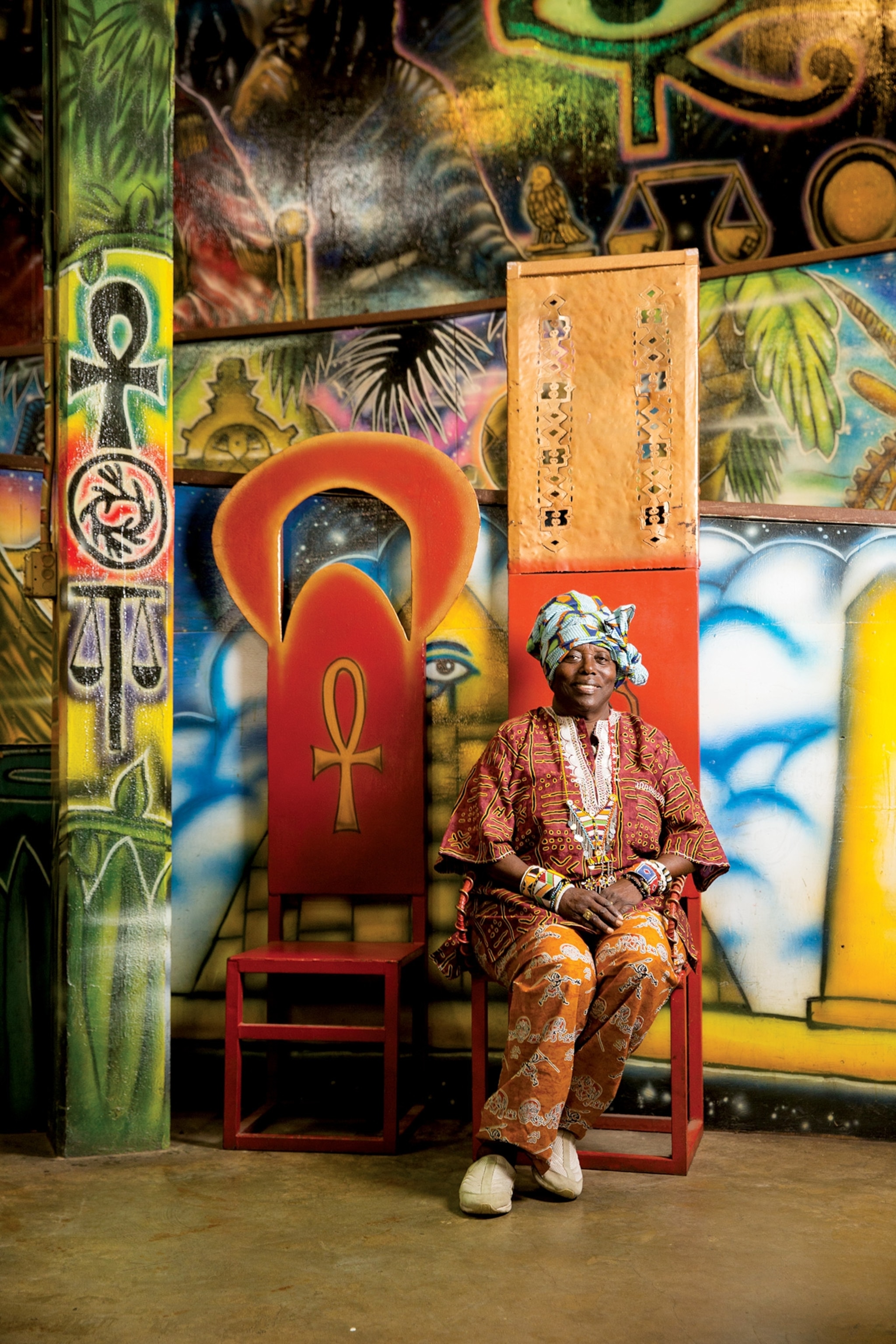


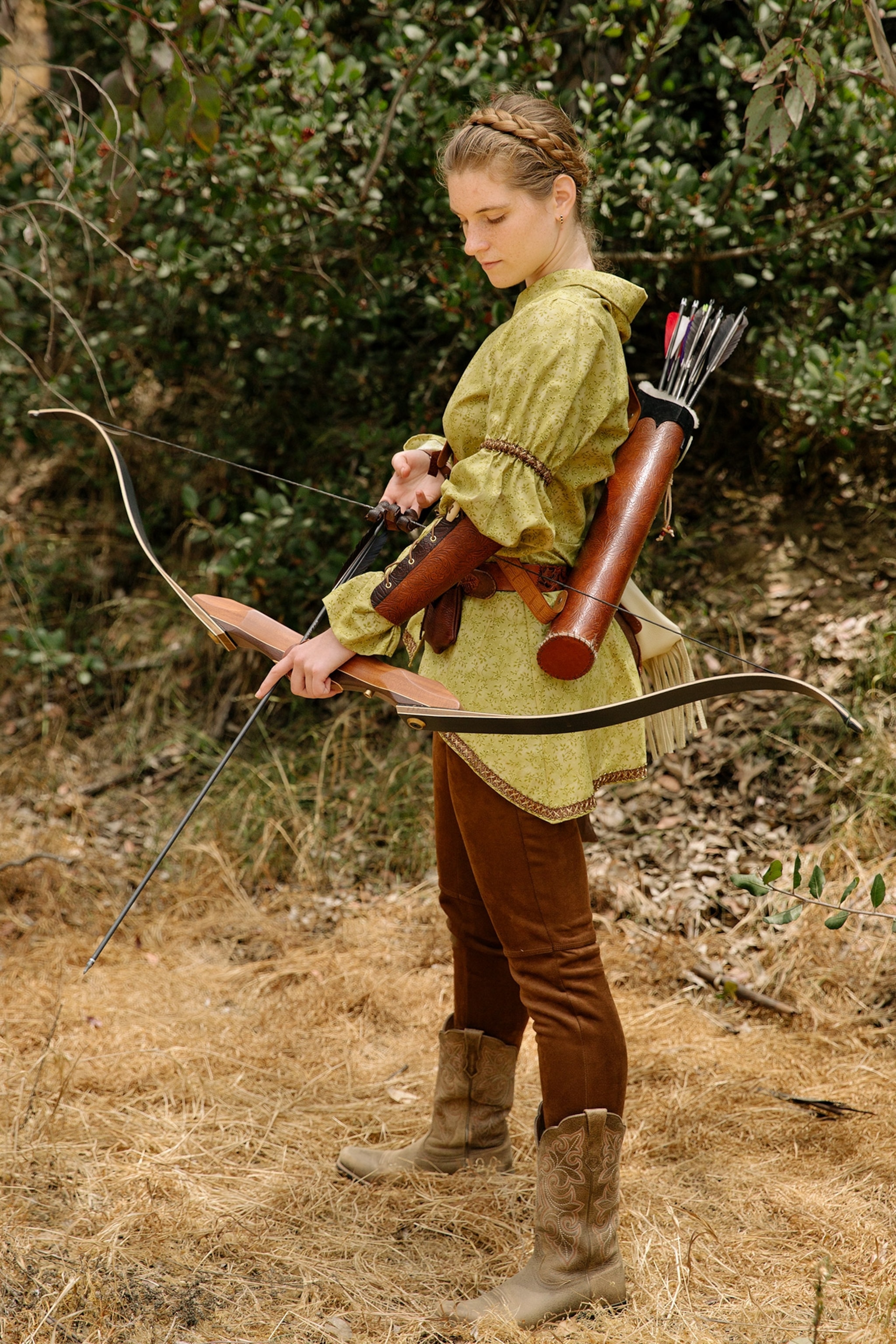
A bolt of energy from Barcelona, Ramírez brings a new dynamic to San Diego’s arts scene. Every Sunday at 2 p.m. he performs an hour of harmonic hits from memory. Finishing a 17th-century composition or Queen’s “Bohemian Rhapsody,” he spins around his bench, springs to his feet, and bows to a crowd of 800 or more. His goal, he tells me, is to jolt audiences “out of reality” and into a more connected sense of self—particularly young San Diegans. “It’s what music is for.”
A celebrated history
Balboa Park, named for Spanish explorer and conquistador Vasco Núñez de Balboa, is celebrating its 150th birthday this year by stepping out of the shadow cast by such celebrated greenswards as San Francisco’s Presidio and Boston’s (considerably smaller) Common. Climb the seven stories of the Museum of Man’s California Tower—which doubled as Xanadu in the 1941 film Citizen Kane—and you will gaze out over some 1,200 acres spread across three parallel mesas. Bikers, joggers, and downward-doggers crowd the landscape. Look for the century-old Moreton Bay Fig tree (trunk girth more than 490 feet), then swivel to take in the San Diego Zoo, home to clouded leopards and other vulnerable species. Walk Balboa Park’s paths and you’ll encounter the bronzed statue of Castilian nobleman El Cid, south of the San Diego Museum of Art. The museum is one of 17 cultural institutions here, many housed in Spanish-colonial palaces built in 1915 and 1916, when Balboa Park hosted the epic Panama-California Exposition, drawing more than two million to celebrate what became a coming-out party for the park and the growing city of 50,000. Other, more recent museums include the San Diego Automotive Museum and the forthcoming Comic-Con Museum. (Hello, Spidey! Leia! Mr. Spock!)
“Balboa Park has always been a window and a mirror.”Park Ranger Kim Duclo
I’ve come to find out how Wonder Woman will fit into what serves as the West Coast’s Central Park. Entering the premises by Cabrillo Bridge feels like stepping back in time to Seville, Spain. Ornamented towers and mosaic domes bask in sunshine; arched walkways lead to hidden Moorish gardens. Stucco reliefs of famed Spaniards line the walls of El Prado, a promenade of more than a dozen buildings erected for the 1915 exposition, some of which weren’t intended to be permanent. Lobbying by locals, however, has encouraged the city to invest millions to preserve them.

El Prado complex is a top attraction, along with the San Diego Zoo, acclaimed for its pioneering conservation programs. But as I explore the farther reaches of this expanse of steep mesa valleys, hiking trails, gardens, and dog parks, I discover plants and trees—orchids, palms, bonsai, cacti—from six continents, organic remnants of a century-old bravado that demonstrates how pretty much anything can grow in San Diego. Teenagers on scooters zip by ornamental fountains while family picnics splay out on manicured lawns bordering reflecting pools.
I gravitate to the intricate facade of the San Diego Museum of Art, established in 1925 and modeled on Spanish plateresque architecture. DJ parties occasionally take over its high-ceilinged halls, but this Wednesday evening the action will be in its courtyard restaurant, Panama 66. I join the scene of patrons sipping craft beer and eating grilled panini as a quintet of teens plays Freddie Hubbard songs from the early 1960s. The music is good—like, really good. Best is 13-year-old John Murray, who wears a slick gray suit and, without looking, plucks the strings of an upright bass considerably taller than he is.
- National Geographic Expeditions
Within minutes an adult joins the teens with a powerful blast of trumpet, his black hair combed straight back. Gilbert Castellanos is a San Diego jazz icon who created the Young Lions Jazz Conservatory in 2017 and hosts these free-form jazz nights. After the teens wrap up their set, Castellanos moves the show indoors to the James S. Copley Auditorium with his adult quartet. The 300-plus seats are filled mostly with 20-somethings tuning in to Castellanos’s riffs on jazz from the 1950s and ’60s. I’m impressed.
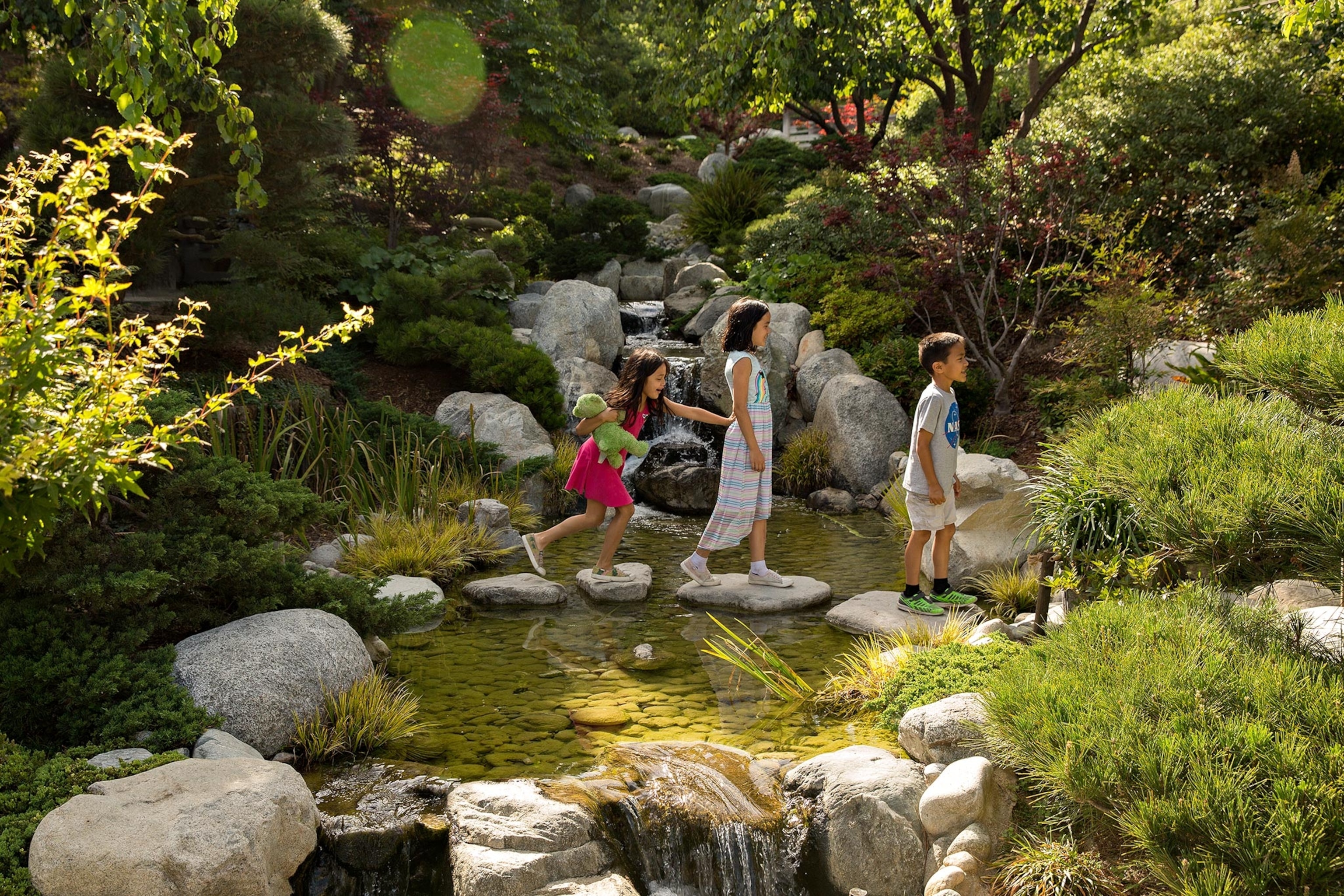
The next morning I spring for a multiday Explorer Pass ($59) to pop into as many of the park’s museums as I can. At the Automotive Museum I see a motorcycle that stuntman Evel Knievel revved up in the 1977 film Viva Knievel! I browse little magazines filled with quirky 1950s art at the San Diego History Center. And in the Museum of Man, I read place holders explaining that missing baskets and pots have been “decolonized” to San Diego’s original inhabitants, the Kumeyaay.
My favorite is the San Diego Natural History Museum, which won the museum world’s equivalent of an Oscar in 2016. I see why at the “Coast to Cactus in Southern California” exhibit, where I pause on a bench near a tent. Within minutes the silhouettes of two children appear, projected on the tent. As wildlife images and sounds scroll past, one of the silhouettes asks “What was that?” The second answers “Silencio!” Here, near the border with Mexico, no translations are offered, nor needed.
Finding hidden gems
Ambling beyond El Prado, I check out cacti, ocotillo, and agave plants at the Desert Garden, then arrive at a barrel-shaped former water tower. Converted in 1996 into the WorldBeat Cultural Center, it shouts its existence with colorful murals that represent indigenous figures around the world. I’ve come for lunch—and to beat the drum.
At the WorldBeat Cafe I order an African vegan curry, then take in an exhibit devoted to Afrofuturism, inspired by the film Black Panther. Word is circulating that an African drum class, one of several classes held here, is about to begin. Before I know it, Ghana-educated teacher Nana Yaw Asiedu hands me a djembe, a West African goblet drum, which he tells me to play by tilting it so each hit of my palm resounds through its open bottom. Asiedu’s colorful robe-like Ghanaian attire delights my fellow students, who are mostly preteens—and regulars. We play several songs; I stumble with the 7/8 time signature. The final song is led perfectly by the 12-year-old to my left. Later Asiedu tells me, “We get business types here; they say the drums for them are transformative, like therapy.”
The following day takes me to sloping Florida Canyon, between the park’s central and east mesas. Balboa Park may be famed for its lush vegetation, but here you see what the land originally looked like, all coastal sagebrush and chaparrals of shrubby oaks. I walk a mile, pausing at cactus blooms and to let a lizard pass, before arriving at the Spanish Village Art Center, a 1930s collection of stucco cottages near El Prado. Organized around a courtyard made of tiles painted salmon pink to mint green, the cottages house 37 art studios and galleries. Purple blooms pop from jacaranda trees; beyond, eucalyptus trees peek over an arched entryway.
I meet with Michelle Gonzalez, who has a studio here, for a watercolor class. This is my first experience with watercolors, and she has a suggestion. “Just do shapes,” she says. “No lines.”
I make a clumsy go of replicating the tree-filled scene with daubs of yellow, green, orange, brown.
“Primitive,” she deadpans, “but good.”
Toting my new artwork, I head to The Prado at Balboa Park restaurant, where I order Kobe beef sushi. I’m fueling up to meet park ranger and San Diego native Kim Duclo, who gives tours on Sundays. Wearing a broad smile and an equally broad-brimmed ranger hat, he shows off his office, which doubles as an unofficial archive. Color-coded folders are packed tight with yellowed newspaper clippings about Balboa Park; Duclo gingerly pulls out a 1905 leather-bound park plan that he dug out of a dumpster.
What does Duclo think about Balboa Park going superhero with Comic-Con? He says it’s only natural. “Balboa Park has always been a window and a mirror,” Duclo observes. Changing with the changing times is in the park’s DNA. As I look around the landscape, I see that this ethos is engaging a new generation with African drum music, comic book heroes—and at least one very busy fog machine.
